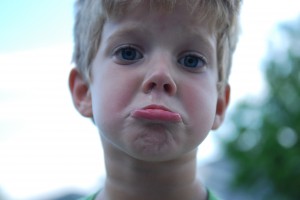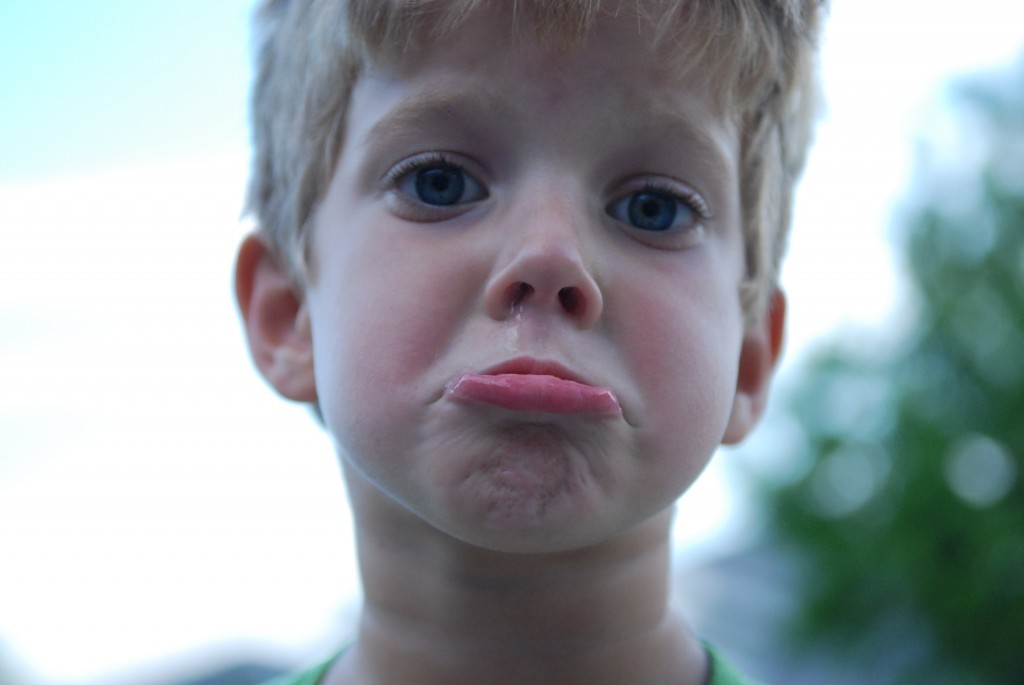“Share!”
“Take turns!”
“Don’t push!”

At playdates and in parks, babies and toddlers play in their own, often uncouth, ways. They throw sand, push smaller babies over, steal toys, wipe snot on each other and cry when they don’t get their way. While the parents scold, and apologize to each other for this bad behavior, the kids are doing exactly what they need to do to learn how to get along. As parents, we can help by standing back and letting kids work things out for themselves as long as no one’s getting hurt.
At each phase of childhood, there are ‘bad’ social behaviours that are hard to love, but are actually important markers of normal development. As much as we’d like our kids to absorb all the social rules we tell them, the most powerful learning comes from experience.
Each stage of development comes with its own strange and totally normal behaviours:
- Infants ignore each other and play side-by-side instead of together.
- Toddlers often snatch toys and refuse to share. They may hit, scratch or bite when upset.
- Preschoolers fight over toys, and over who should decide what to play
- Schoolkids and tweens form intense friendships that can turn from “best friends” to “enemies” and back again in a blink
- Teens can be devastated when peers make fun of them or shut them out. Romance adds another tricky dimension to friendships.
These social faux pas aren’t signs your kids are broken. They are normal phases most kids pass through. We can’t make kids get along all the time, but we can provide support to help kids make and keep friends.
At every age and stage, we can help by:
- Modeling good behavior. Kids copy the behavior they see from role models they care about
- “Sportscasting” when kids need help resolving a conflict. By calmly describing what is happening in a neutral tone instead of jumping in to solve the problem, we help kids interpret what’s happening so they can work things out.
- Using storytelling to illustrate how others think and feel. Tell stories from your childhood, movie plots, fairy tales or make up a story to gently explain why people do what they do.
- Observing and naming feelings in yourself and others.
Briana Tomkinson is a mother and a stepmother to four awesome kids, and lives in New Westminster.
